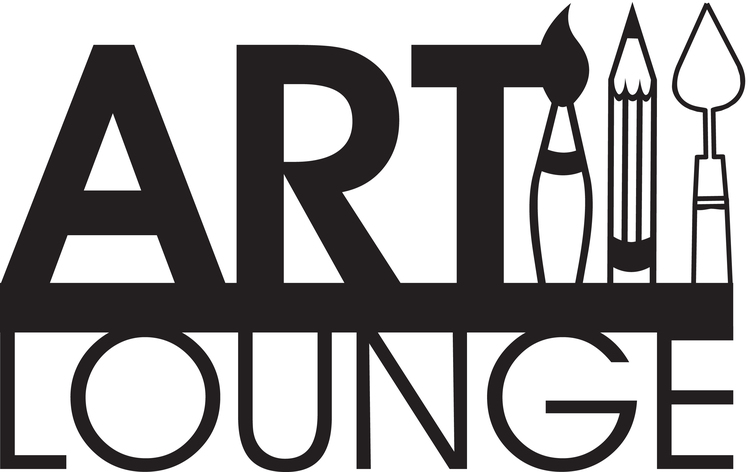Brush Anatomy
Can you Handle it?
Handles are commonly comprised of various hard woods depending on where they are manufactured and are proportioned to balance in your hand, offering greater control. Layers of varnish and paint are applied to protect the wood from swelling. Hair is positioned within the ferrule to offer the desired responsiveness without going limp. As much as twenty-five percent of the hair falls within the ferrule or is trimmed at the back end to allow secure fastening of the handle. The hair is thoroughly glued to the ferrule which seals the brush and ferrule to avoid shedding of the hair and prevent the seepage of water or medium into the brush. In addition, the ferrule is often crimped to ensure its hold on the handle. This connects the brush head to the handle. Most ferrules are nickel plated brass to ensure they resist corrosion and splitting.
Short vs Long Handle:
Generally the long handle, about 9” in length, is for easel work/traditional oil and acrylic painting. A short handle, 5” to 6” in length, is for watercolor, mixed media and other painting done at a table.
It's Getting Hairy Now!
Natural
- Like Sable, fine tapered point and a belly which allows the brush to hold more water and paint and spread color evenly
- Ideal for thin applications of paint, detailed work
Bristle
- Stiffer, coarse, natural hair often with flagged tips/split ends to hold more color
- Ideal for base coats, heavy-body paints like oils and acrylics, texture work
Synthetic
- Made from man-made fibers such as PBT resin and often referred to as Taklon or Syn-Sable
- The diameter of the synthetic filament and blend of different filaments affects how soft or stiff a brush is and how it affects various media
Tangled in Angles
- Angled: For painting edges, bristle length viewed from the wide face of the brush uniformly decrease from one end of the brush to the other
- Flat: For painting flat surfaces, bristle length viewed from the wide face of the brush does not change
- Tapered: Improves control, the bristle length viewed from the narrow face of the brush is longer in the centre and tapers toward the edges
- Striker: Large round (cylindrical) brush for exterior painting difficult areas
Shape Up
These are some commonly used shapes for brushes.
Ready to choose your Princeton Brushes? Are you...
A beginner?
An Oil Painter?
Using Acrylics?
-Redline, Catalyst, Imperial, Velvetouch, Miniature


